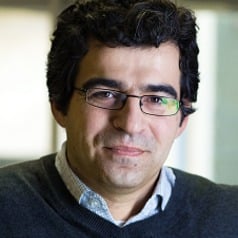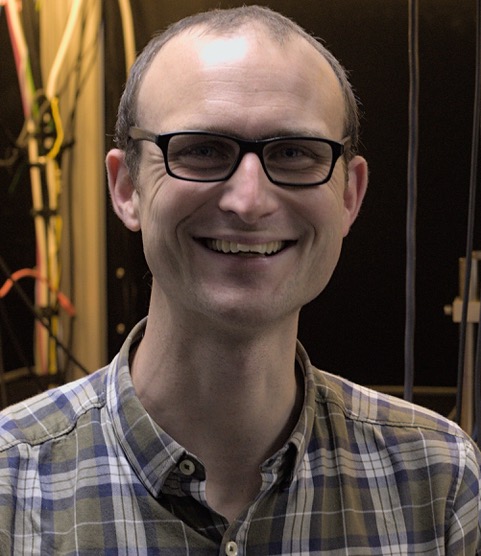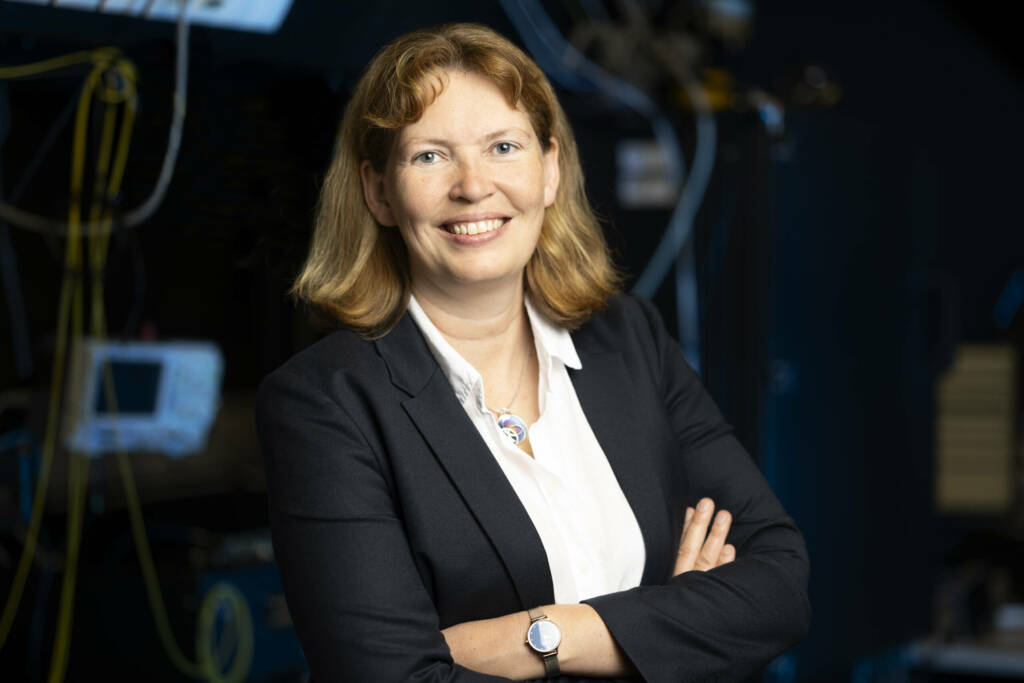Emmanuel Fort
Self-propelled droplets: A ‘classical’ wave-particle duality based on time mirrors


Date & heure
9/11/2016
Lieu
CdF, salle 2
Accueil
We have recently discovered a macroscopic object composed of a material particle dynamically coupled to a wave packet. The particle is a droplet bouncing on the surface of a vertically vibrated liquid bath; its pilot-wave is the result of the superposition of the surface waves it excites. Above an excitation threshold, this symbiotic object, designated as a “walker” becomes self-propelled.
Such a walker exhibits several features previously thought to be specific to the microscopic realm. The unexpected appearance of both uncertainty and quantization behaviors at the macroscopic scale lies in the essence of its “classical” duality. The dynamics of the droplet depends on previously visited spots along its trajectory through the surface waves emitted during each bounce. This path memory dynamics gives a walker an intrinsic spatio-temporal non-locality.
I will discuss the characteristics of these objects that encode a wave memory. In particular, I will introduce the concept of temporal mirrors and time crystals to interpret the characteristics of the driving wave packet.
Jonathan Pritchard
University of Strathclyde
Quantum computation and optimisation using neutral atom arrays
Tanja Mehlstäubler
Physikalisch-Technische Bundesanstalt &Leibniz Universität Hannover
Precision Spectroscopy in Ion Coulomb Crystals and Search for New Physics


